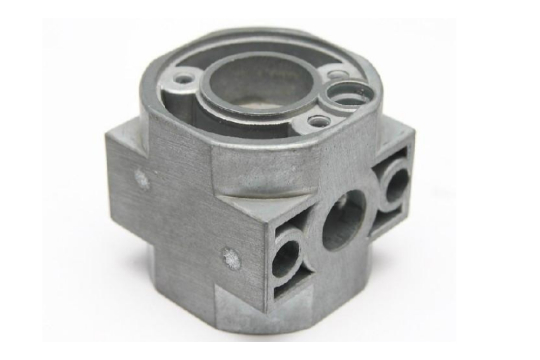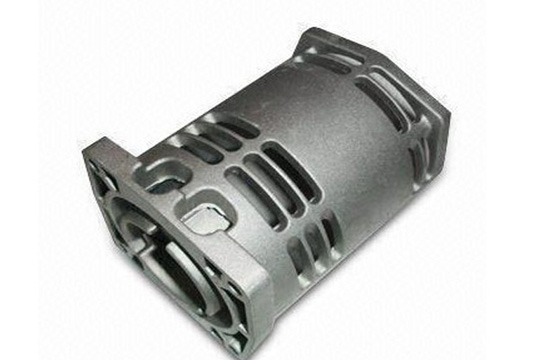Die Casting Services
Our Precision Die Casting Services
If you need custom metal parts, Kaida Copper is a die-casting service manufacturer that can help. Since 2003, we’ve held our engineering team and equipment to a high standard to continually deliver strong and durable parts and prototypes. To ensure legendary quality, we operate a strict die-casting process that ensures that your custom requirements are being met. These are two types of die-casting capabilities we provide.

In the cold chamber process, molten copper is poured into the shot sleeve or chamber part of the injection cylinder before pushing into the mould.The cold chamber process starts when molten material is transferred to the shot chamber from the furnace through the pouring hole. Then a hydraulic plunger seals the cold chamber port and forces the metal into the mould cavity at pressure. The pressure ranges between 30Mpa and 150 MPa.

Advantages of Cold chamber die casting
- ● Higher-strength parts
- ● Denser metal castings due to increased pressure during injection
- ● Lower maintenance cost
- ● It brings exceptional dimensional accuracy to the part.
- ● High-speed production.
- ● Simple-to-carryout process.
Why Choose Kaida Copper for Die Casting Parts

Extensive Selections
We provide a wide range of possible material types, surface finish options, tolerances, and manufacturing processes for your die casting parts. Based on your custom needs, we offer you different quotes and manufacturing suggestions so that you can get an individual approach and high cost-effective solution.
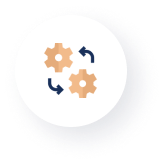
Powerful Plant & Facilities
We have established numerous of our own plants in China to make sure your casting parts are manufactured with high efficiency and fast lead time. Besides, our manufacturing capabilities take advantage of up-to-date and automated facilities that can support an assortment of your customized die casting projects, though their designs are complicated.

Strict Quality Control
We are ISO 9001:2015 certificated company and committed to providing precision die casting services. Dedicated engineering team of Kaida Copper operates rigorous quality inspections in different stages of the manufacturing process: pre-production, in-production, first article inspection and before delivery to ensure the highest quality parts are manufactured.

Online Quotation Platform
Advanced online quoting platform to enable you to upload design files and get a fast quotation for your die cast metal parts anytime and anywhere. Order tracking system on our platform allows you to monitor all of your orders and quotes and view each stage of the manufacturing process once you place orders. This makes the order process clear and transparent.
Quote Within One Day, Operate at Your Fingertips
As a tech-driven die casting company, we have developed AI powered quotation platform that simplifies your ordering and manufacturing process.

Bulk Pricing
Get in-bulk die casting quotes, allowing you to make a pricing comparison between different specs, quantities, raw material, and surface finishes, and helping you choose the solution that best suits your needs and budget.
Real-Time Order Tracking
Our online platform enables real-time visibility of the die casting manufacturing process that fosters more efficient operation monitoring and quicker response to negative changes.
All-in-One Order Management
Quickly check, search, and manage all your die casting orders in one place. What's even better is that you get visibility into all stages of the production process and every aspect of the manufacturing operation.
Die Casting Technical Standards
| Dimension | Standards |
| Minimum part weight | 0.017 kg |
| Maximum part weight | 12 kg |
| Minimum part size | ∅ 17 mm × 4 mm |
| Maximum part size | 300 mm × 650 mm |
| Minimum wall thickness | 0.8 mm |
| Maximum wall thickness | 12.7 mm |
| Tolerance class for casting | ISO 8062 ST5 |
| Minimum possible batch | 1000 pcs |
Alloys Used to Make Die Casting Parts
The non-ferrous metals that have low fusing temperature can be used for the die casting process, like aluminum, zinc, magnesium, lead, copper. But some uncommon and ferrous metals are also possible. The following will explain the properties of the commonly used die casting alloys that we use for the majority of parts.
- Brass Alloys
- Bronze Alloys

Brass Alloys
KAIDA casts using several brass alloys including red and yellow brass. Brass castings are well suited for applications where properties such as durability, corrosion resistance and appearance are important. We are able to produce castings to your specifications up to 35 pounds. We offer secondary services such as machining, burnishing and polishing which can save you time and money.
Commonly used alloys:
Yellow Brass, Manganese Bronze, Aluminum Bronze, Tin Bronze, Lead-Free Alloys (for potable water), Leaded Red and Semi-Red Brass

Bronze Alloys
KAIDA produces castings in several bronze alloys including Manganese Bronze, Silicon Bronze, Tin Bronze and Aluminum Bronze. Bronze castings are ideal when properties such as strength, hardness, wear resistance and corrosion resistance are important. We are able to produce bronze castings to your specifications up to 35 pounds. In addition to our in house machining capabilities we also offer other finishes such as burnishing and polishing.
Commonly used alloys:
Yellow Brass, Manganese Bronze, Aluminum Bronze, Tin Bronze, Lead-Free Alloys (for potable water), Leaded Red and Semi-Red Brass
Die Casting Surface Finishes
Post-processing and finishing is the final step of precision die casting. Finishing can be applied to remove the surface defects of cast parts, enhance mechanical or chemical properties, and improve products’ cosmetic appearance. There are six types of die casting surface finish options.
| Name | Description | Color | Texture |
| Name | Description | Color | Texture | ||
|
|
As Cast | Regular casting finish obtained without the use of high-end tools or machinery. Like Zinc and Aluminum-Zinc parts can be as cast but still keep high corrosion resistance. | n/a | n/a | |
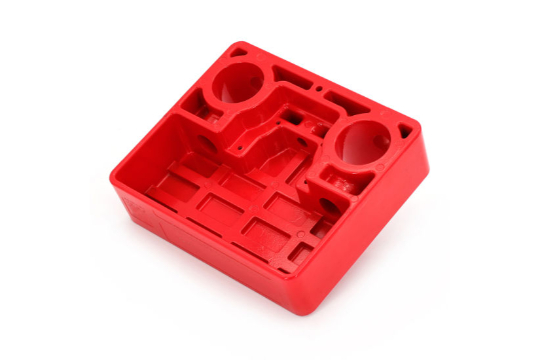 |
Powder Coating | Powder coating can be used to spray a free-flowing, dry powder to the zinc alloy and aluminum alloy die casting. Under strong electrostatic and high temperature, the powder will be uniformly adsorbed on the surface of the casting, forming a powder layer that can mask defects very well. | Black, any RAL code or Pantone number | Gloss or semi-gloss | |
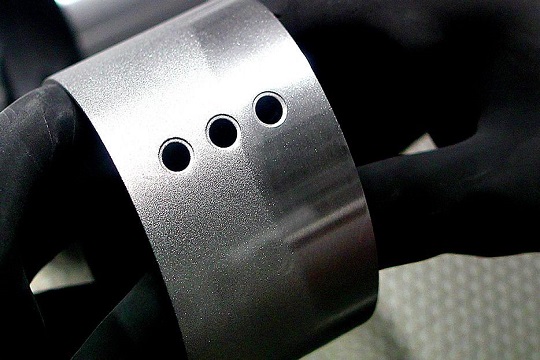 |
Brass Bead Blasting | Brass Bead Blasting is a process that sprays fine glass beads at high speed onto the surface of die casting parts using compressed air as the powder. The appearance or shape is changed, and the part obtains excellent cleaning and surface preparation for secondary finishing operations. |
n/a |
Matte |
|
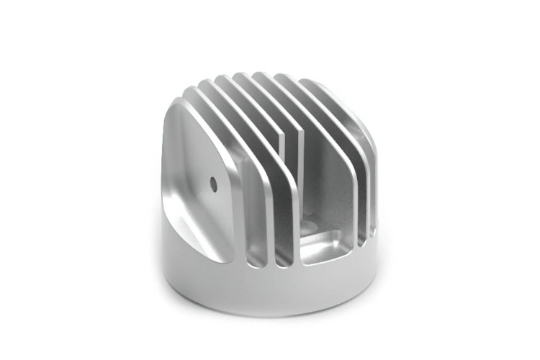 |
Anodizing | Mainly for aluminum alloy die casting. Anodizing utilizes electrochemical principles to generate a layer of Al2O3 (aluminum oxide) film on the surface of the parts. This decorative layer of oxide film provides high insulation and wear resistance. |
Clear, black, grey, red, blue, gold |
Smooth, matte finish |
|
|
|
Brass Electrophoresis |
Used for aluminum alloy, zinc alloy die casting, etc. Electrophoresis applies metallic luster and an unlimited range of colors on the casting parts. It also can enhance the surface properties and corrosion resistance of metal alloy parts. |
Any |
Metallic luster |
|
 |
Brass Electroplating | Brass Electroplating can be functional, decorative or corrosion-related. Many industries use the process, including the automotive sector, in which chrome-plating of steel automobile parts is common. | n/a | Smooth, glossy finish | |
 |
Brass Brushing Process | Brass Brushing Process is a surface treatment process in which abrasive belts are used to draw traces on the surface of a material, usually for aesthetic purposes. | n/a | Satin |
Die Casting Applications
Die casting is a versatile manufacturing technique, and it plays an important role in creating and producing many modern products, from aerospace structural parts to electrical enclosures. Kaida Copper has provided innovative manufacturing solutions for different industrial applications.. We offer high quality parts at competitive pricing to value customers in the following industries:


- Automotive Parts: As die cast parts manufacturer, we specialize in making vehicle parts, small engine parts, and even components for lawn and garden tractors.
- Aerospace Industry: Brass and Bronze pressure die casting technologies from precision die casting service can produce durable structural parts with great resistance to corrosion.
- Power Accessories: Our die casting service is also suitable for high voltage fuses, die casting heat sinks and many more components.
- Commercial & Consumer Products: We also manufacture commercial parts including compressor pistons and connecting rods, heat sinks, bearing housings, parts of the sink faucet, meters.
Gallery of Die Casting Parts
Check out our extensive gallery that shows precision die casts from our valued customers.







Our Die Casting Serves Nearly All Industries
Kaida Copper works with leading manufacturers from different industries to support growing demands and streamline their supply chain. The digitalization of our custom die casting services helps more and more manufacturers bring their idea to products.
Automotive Industries
Aerospace
Thermal Converter
Household Items
Contcat Us
Address: No.9 Xuancheng Road, Yuhuan Economic Development Zone, Yuhuan City, Zhejiang, China
Tel: +86-576-87120903/87120901
Mobile&Wechat: +86-576-81718209
E-mail: [email protected]

 EN
EN
 西班牙语
西班牙语